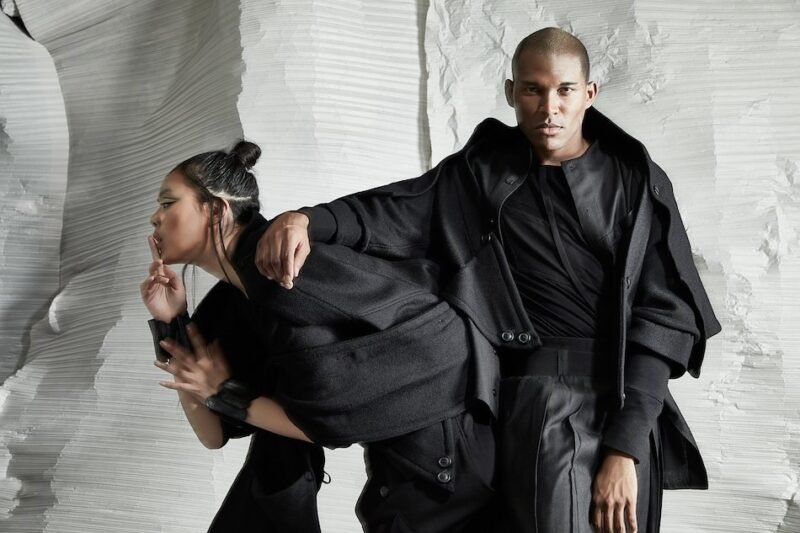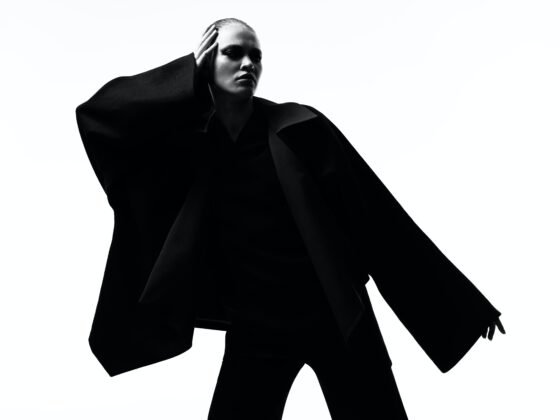The world of fashion is constantly evolving, and one of the latest trends is gender-neutral fashion. Genderless clothing blurs the lines between traditional male and female clothing, allowing people of all genders to express themselves freely and authentically. This fashion movement is gaining momentum, with more and more designers and retailers creating gender-neutral collections.
Not a New Concept?
Gender-neutral clothing is not a new concept – in fact, there have been periods in history where men and women’s clothing was virtually indistinguishable. For example, in ancient Rome, both men and women wore togas, while in the Middle Ages, both sexes wore long, flowing robes. Similarly, traditional Indian clothing such as the saree and the dhoti are worn by both men and women.
However, as society became more rigidly structured around gender roles, clothing became an important way of signaling one’s gender identity. During the Victorian era in the 19th century, for example, women’s clothing became highly structured and constricting, with corsets, petticoats, and other undergarments designed to create a highly feminine silhouette. Meanwhile, men’s clothing became increasingly utilitarian and functional, with dark, sober colors and simple cuts.
This trend continued throughout the 20th century, with men’s and women’s clothing becoming more and more distinct from one another. In the 1960s and 1970s, the rise of the feminist movement led to a brief period of gender-neutral fashion, with unisex clothing styles such as bell-bottoms and tie-dye t-shirts becoming popular among both sexes.
However, by the 1980s and 1990s, gender-specific clothing was once again the norm. Women’s clothing became more revealing and sexualized, while men’s clothing remained focused on traditional masculine ideals such as strength and power.
It wasn’t until the early 2000s that gender-neutral clothing began to make a comeback. This was driven in part by the rise of the internet and social media, which allowed people to connect with others who shared their interest in gender-neutral fashion. Today, gender-neutral clothing is more popular than ever, with major fashion brands such as Zara and H&M creating gender-neutral collections and high-profile celebrities like Harry Styles and Janelle Monae embracing the trend.
Era of Unisex Clothing
Today gender-neutral fashion again rejects the idea that clothing should be restricted by gender. It promotes the concept that clothing is simply a means of self-expression, and that people should be free to wear whatever they feel comfortable in, regardless of gender identity. This means that clothing items are often designed to be versatile and unisex, allowing them to be worn by anyone.
Gender-neutral clothing typically features more minimalist designs, with neutral colors and simple shapes that can be easily mixed and matched. This type of clothing is often more sustainable, as it can be worn by multiple people, reducing the need for separate men’s and women’s clothing lines. It also eliminates the pressure to conform to traditional gender norms, allowing people to feel more comfortable and confident in their own skin.
Inclusivity and Sustainability
One of the key benefits of gender-neutral fashion is that it promotes inclusivity and diversity. It allows people of all gender identities to express themselves freely, without fear of judgement or discrimination.
The rise of gender-neutral fashion has also had a positive impact on the environment. By promoting more sustainable and versatile clothing options, it has helped to reduce the waste and pollution associated with fast fashion. It has also encouraged designers and retailers to adopt more ethical and sustainable practices in their production and manufacturing processes.
While gender-neutral fashion is still a relatively new concept, it has already made a significant impact on the fashion industry. Many major retailers and fashion brands have started to embrace the trend, creating gender-neutral collections and promoting inclusivity and diversity in their advertising campaigns. By allowing people to express themselves freely and authentically, it promotes individuality and acceptance. As it continues to grow, it has the potential to revolutionize the fashion industry and create a more sustainable and equitable future for all.









